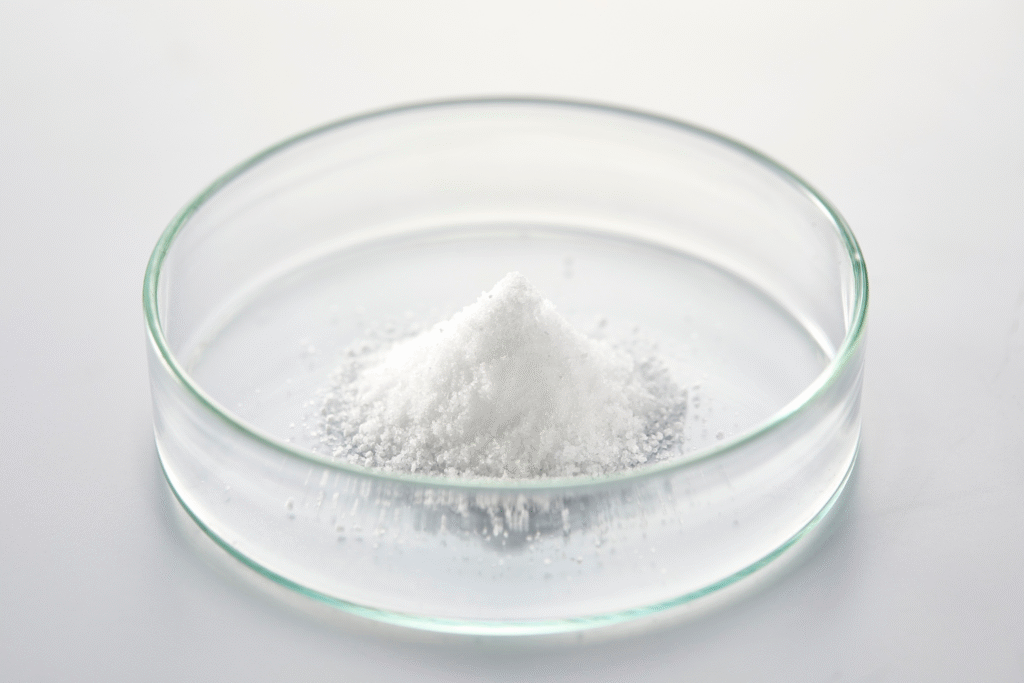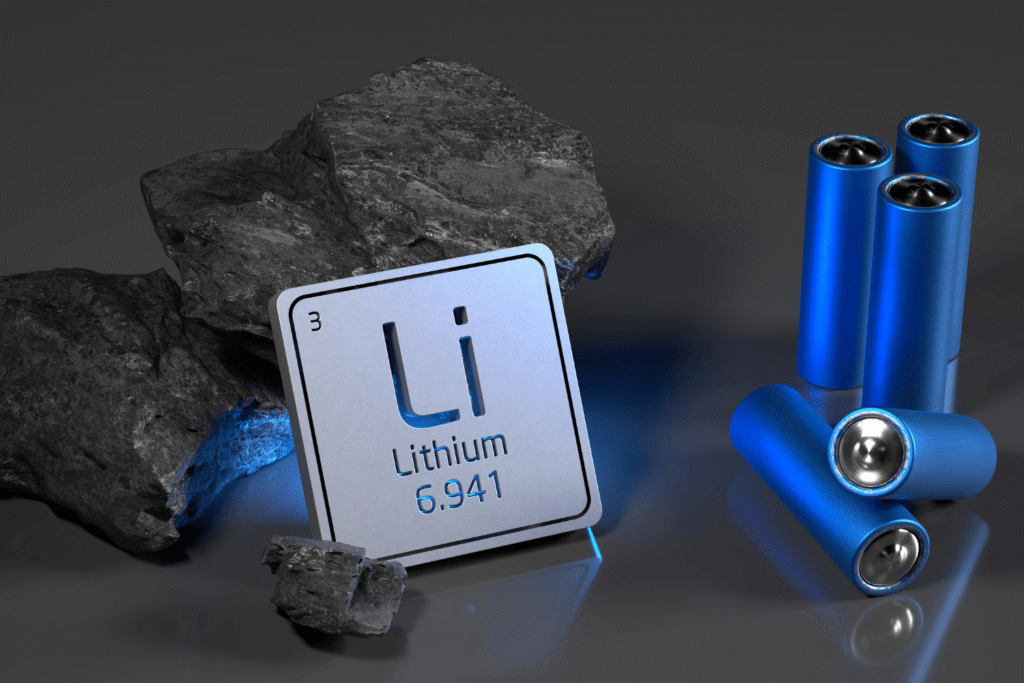A breakthrough in battery tech shifts the landscape.

There’s a battery development unfolding right now that has engineers and connected industries leaning in, because it may mark the beginning of a major shift away from lithium-based systems. Researchers have reported a material achieving about 99.7 percent efficiency in testing, which is almost unheard of for large-scale storage. If the results hold up in real-world applications, we might be looking at the dawn of a new generation of batteries with different chemistries, costs and risks.
1. Researchers achieved 99.7 percent efficiency in lab trials.

In recent tests a team developed a zinc battery using a biodegradable chitosan electrolyte made from crab-shell derived materials that achieved about 99.7 percent energy efficiency after one thousand cycles. The report by Cell Press indicated that this result makes the system viable for large scale energy storage. The material uses zinc, which is more abundant than lithium, and the electrolyte is derived from chitin sources like crustacean shells.
This outcome hints at how far battery chemistry has evolved: what once seemed marginal improvements are now nearing nearly perfect efficiency under lab conditions. The combination of new electrode materials, novel electrolytes and precision manufacturing allowed this result, and it stands in stark contrast to traditional lithium-ion cells that typically achieve lower cycle efficiencies.
2. This material uses zinc and biodegradable electrolytes, not lithium.

The battery set-up in question replaces lithium chemistry with a zinc anode and a gel electrolyte made from chitosan, derived from crustacean shell waste. Because zinc is substantially more abundant in Earth’s crust than lithium, the raw material cost and supply constraints look far less daunting. The electrolytic gel also showed full biodegradation in some tests within five months, which points toward improved environmental profile.
Transitioning away from lithium matters because lithium supply chains are challenged, recycling is complex and resource politics come into play. This zinc-based system addresses many of those issues while offering performance that rivals or exceeds current standard cells. It may not yet be ready for mass commercialization, but the path is becoming clearer.
3. The high efficiency reduces losses and improves longevity.

When a battery reaches 99.7 percent efficiency over many cycles it means nearly all the energy that goes into storing is recoverable. That cuts down waste, heat generation and degradation of materials. Long term this translates to better lifespan, less maintenance and lower operational cost. The study showed stability after one thousand full charge-discharge cycles with minimal capacity fade.
If the pattern scales beyond the lab it could accelerate acceptance of new battery systems for grid storage, EVs or consumer devices. Instead of planning for replacement every few years, users might expect a significantly extended lifespan, which changes economic calculations for manufacturers and buyers alike.
4. Safety and environmental impact look markedly improved.

Unlike many lithium-ion batteries which use flammable organic solvents and toxic materials, the zinc-chitosan system is far less risky and more benign. The biodegradable electrolyte and non-lithium metal reduce environmental hazards at the end of life. Because zinc doesn’t react explosively like lithium under certain conditions, safety margins increase.
This matters when you consider the scale of battery deployment for energy storage and transport. Having a chemistry that is both high performance and less risky opens doors to applications that were previously constrained because of safety or regulatory concerns.
5. Cost and supply pressures for lithium could dissipate.

Lithium has been the backbone of the electric vehicle and energy storage revolution, but the supply chain is tight, mining is contentious and costs remain high. A successful shift to zinc or other abundant materials may relieve those pressures. Zinc is cheaper, more widely distributed and has simpler recycling processes.
Switching away from lithium also reduces exposure to geopolitical risk, since lithium extraction and processing are concentrated in a few regions. A move toward more accessible materials makes large-scale deployment more feasible worldwide, especially in regions currently constrained by cost or supply bottlenecks.
6. Energy density and weight remain areas for further improvement.

Though efficiency is high, energy density (how much energy you store per kilogram or liter) remains a challenge. The zinc-based cell in the study delivers respectable density but not yet at the level of the best lithium-ion batteries. Researchers explicitly say that scaling and tweaking electrode structure remain key next steps.
Until energy density, cost and manufacturing scale all align, lithium won’t disappear overnight. But the strong efficiency result means the bar has been raised. The focus now shifts to making it competitive across all metrics, not just one.
7. Scalability and manufacturing are the next hurdles to clear.

Lab results often translate poorly into industrial production because of scale, consistency and cost issues. The battery in question has to be produced in larger cell formats, tested under real world conditions and built at scale. That means supply chains for chitosan, electrode materials, and production processes must all mature.
Manufacturers are already investigating pilot lines and evaluating production viability. If that goes well the transition away from lithium will accelerate. Conversely if costs or technical issues emerge, lithium may continue to dominate. The efficiency metric gives hope, but the full commercial picture is still forming.
8. The shift could accelerate renewable energy storage adoption.

High efficiency batteries make renewables like solar and wind more viable because storage is less of a bottleneck. The 99.7 percent efficiency result means less energy lost in the storage cycle, making grid integration cheaper and smoother. That could influence utilities, grid planners and large-scale installations more than incremental improvements.
With renewable capacity expanding rapidly, the storage system becomes the limiting factor. A new battery chemistry that performs highly and uses abundant materials can unlock more aggressive deployment, expanding access in developing markets and enhancing grid resilience globally.
9. Recycling and end-of-life management look simpler and greener.

Lithium-ion battery recycling is complex and expensive because of mixed materials, toxic components and safety issues. The zinc-based system paired with biodegradable electrolyte simplifies that equation. The chitosan gel breaks down, leaving metal components more easily reclaimable and reducing hazardous waste.
This means the circular economy for batteries becomes more viable. Instead of treating old batteries as hazardous waste requiring special handling, they might become feedstocks for new cells with fewer remediation costs. That changes the long term cost and environmental burden of energy storage.
10. The era of lithium dominance may finally face serious competition.

For years lithium-ion technology has improved incrementally, but this breakthrough hints that a genuine alternative is ready to emerge. If the efficiency, safety, cost and scalability all line up, lithium might no longer be the default battery chemistry. The implications for automakers, energy companies and tech firms are huge.
This doesn’t mean lithium disappears immediately, but the notion of a singular battery platform is being challenged. As the industry shifts, we may see a multi-chemistry ecosystem where lithium, zinc and others coexist, each optimized for different roles. And that brings innovation, choice and perhaps faster progress than we’ve seen in decades.
